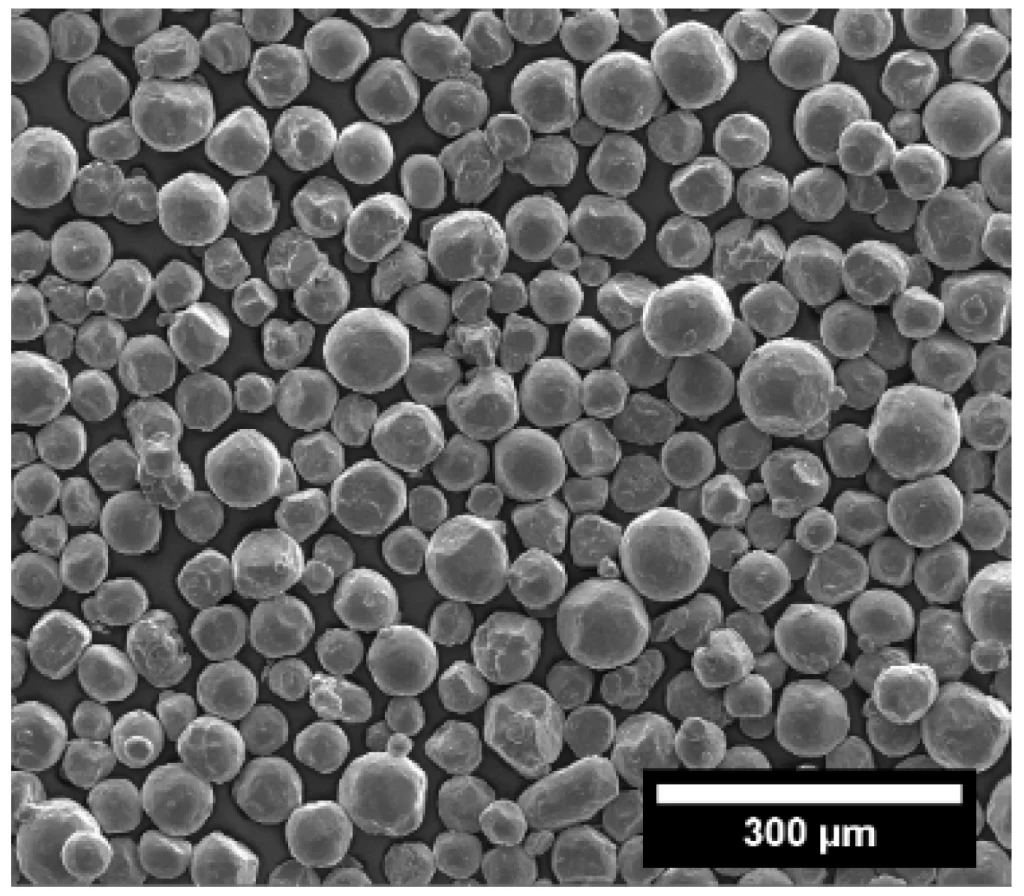Which high-end powders require surface modification?

High-end powders that require surface modification mainly include inorganic powders and ultrafine powders. Here are specific examples and why:
Inorganic powder
Inorganic powders such as porous silica, silica powder, etc. can increase their surface hydroxyl content through surface modification and enhance the hydration effect, thus improving their compatibility and mechanical properties in composite materials. In addition, surface modification of inorganic powders can also improve their gloss, tinting power, hiding power, color retention and weather resistance.
Ultrafine powder
Since ultrafine powder has a small particle size and high surface energy and is prone to agglomeration, surface modification is required to prevent agglomeration and impart new functionality, such as hydrophilicity or lipophilicity. For example, in the cosmetics industry, surface modification of powders must not only block their catalytic activity, but also impart the required functionality.
Metal powder
Surface modification technology of metal powders can be used to extend the service life of parts and improve performance, making it possible to prepare metal powder materials with better performance.
Surface modification of these powders usually involves physical, chemical or mechanical methods to change the physical and chemical properties of the powder material surface to meet the needs of specific applications. For example, the surface of porous silica can be activated by microwave radiation and air plasma treatment, or the modifier can be evenly distributed on the outer surface of the powder particles using mechanical forces such as extrusion, impact, shearing, and friction.
In summary, high-end powders that require surface modification mainly include inorganic powders, ultrafine powders and metal powders. The purpose of modification is mainly to improve the performance of the powder, increase functionality and improve the compatibility with other substances. Capacity.
